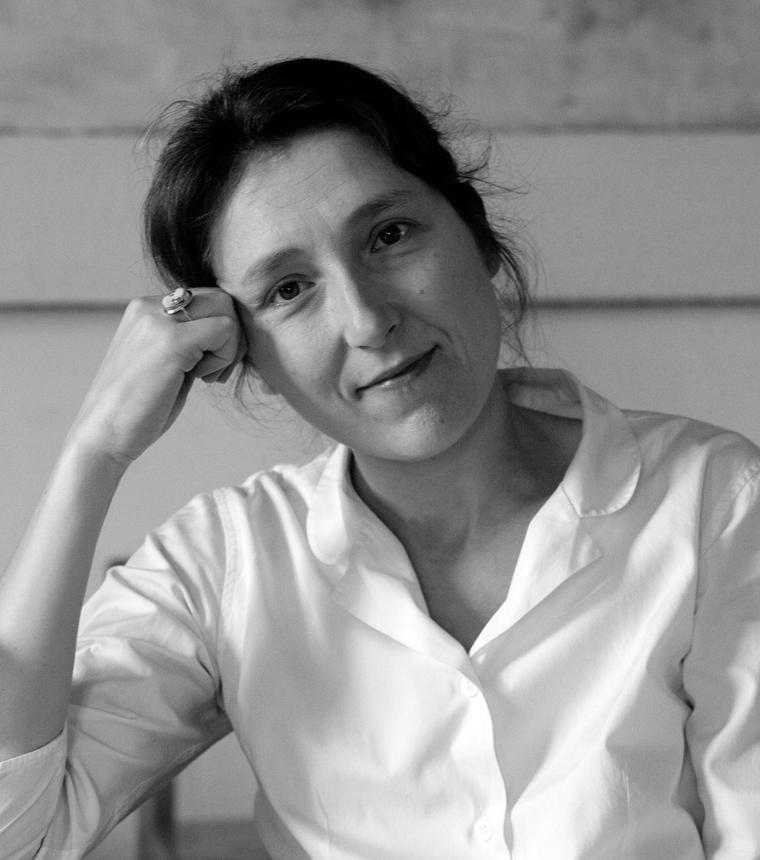Being Here: The Life of Paula Modersohn-Becker
Marie Darrieussecq
Translated by Penny Hueston
Born in Germany in 1876, Paula Modersohn-Becker was the first female artist to paint herself not only naked but pregnant. Being Here is a moving account of the life of this ground-breaking Expressionist painter, by the acclaimed French writer Marie Darrieussecq.
As her art evolves, Paula is torn between Paris and her home in northern Germany. In Paris she can focus on her work, and mix with artists like Rodin and Monet, or her close friend the poet Rainer Maria Rilke. But Germany is home, and that’s where her painter husband Otto lives.
Darrieussecq thrillingly describes Paula’s discovery of her style and choice of subjects—women, babies, domestic life. She tells the story of her fraught marriage, her ambivalence about combining her passion for her career as an artist with motherhood. And she recounts her tragic death at thirty-one, days after giving birth.
INTERVIEWS
Q&A with Marie Darrieussecq on the Text Blog
ABC Radio National, Books and Arts
Marie Darrieussecq in conversation with Kate Zambreno in Paris Review
REVIEWS
West Australian
Monthly
Australian
Full Stop Reviews
New Yorker, Jul 18
Saturday Paper
AU Review
Conversation
Sydney Morning Herald
Guardian
andBeing Here
‘Marie Darrieussecq reads the testament of Modersohn-Becker—the letters, the diaries, and above all the paintings—with a burning intelligence and a fierce hold on what it meant and means to be a woman and an artist.’
‘A luminous tale about the courage of the lone female artist.’
‘There are few writers who may have changed my perception of the world, but Darrieussecq is one of them.’
‘A brief, powerful artistic life that went painfully unrewarded—until after the painter’s death.’
‘The internationally celebrated author who illuminates those parts of life other writers cannot or do not want to reach.’
‘An allusive short memoir that reads like a novel.’
‘Penny Hueston’s translation from the original French, reads strangely—and in a good way—like true crime…Heartbreaking.’
‘A vividly empathetic impressionist collage…This lively, attractive book is an excellent introduction to [Modersohn-Becker’s] world and her astonishing achievement.’
‘Darrieussecq has written this painful story because of her own sorrow at not knowing Paula Modersohn-Becker and of not knowing of her; sorrow, too, at her early death and truncated creativity. Darrieussecq looks squarely at a subject that is often too brutal to explore.’
‘Lyrical and touching… Blending historical fact with imaginative flair, Darrieussecq brings her figures to life, imbuing them with emotion, character, and power…Being Here feels almost effortlessly beautiful, a short work of non-fiction told like a flowing piece of fictional prose.’
‘Poetic and poignant…Being Here positively quivers with life.’
‘Translated elegantly by Penny Hueston, the study retains some of the spacious, if not capacious quality of the French language and its ability to articulate the phenomena of presence and absence—the continued aliveness of the paintings and the sad and sudden death of the painter.’
‘In Darrieussecq’s hands, Modersohn-Becker’s story is both individual and exemplary: a frightening, energising fable.’
‘Darrieussecq animates the short life of a passionate German artist with vivid, spare prose…This taut biography, written in the present tense, has the urgency and poignancy of the best novels.’
p.p1 {margin: 0.0px 0.0px 0.0px 0.0px; font: 12.0px Helvetica; -webkit-text-stroke: #000000}span.s1 {font-kerning: none}
‘One of those books that catches you by surprise, Being Here is art history that feels like a beautifully crafted novel…It’s effortlessly beautiful, and highlights the ever more important need to tell the stories of women in art.’
‘Her words, her use of the historic present interspersed with words written at the time, are like brushstrokes.’
‘A marvellous distillation of the life and work of the painter Paula Modersohn-Becker, a key figure in the development of feminist art.’
‘A startlingly fresh approach to a radical artist’s life, artfully ‘‘Englished’’ by one of the best in the business. Oh yes, and the book is an object of beauty, too.’












